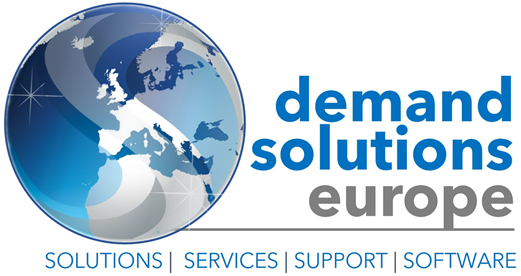
The Benefits of Accurate Digitised Supply Planning (II)
The Theory Of Constraints – Five Focusing Steps
In our first Theory of Constraints blog, we examined the purpose of the theory, where it came from and the many benefits it has for lean manufacturing. Didn’t see it? Catch up here before reading this blog.
Now, as a second step, we will explore in more detail the five focusing steps which act as a continuous cycle for eliminating constraints and moving your manufacturing business towards the ultimate goal of more profit.
Here are those vital steps in more detail:
Step one: Identify the constraint
Remember, the ‘constraint’ is the single part of the process that limits the rate at which the goal is achieved. Make this as focussed as possible to optimise the success of the process. You may already know what your constraint is, it could be something you’ve been struggling with for some time, or you may need to conduct some exploratory exercises in order to discover what’s really holding you back.
Do you use a digitised demand planning system or supply chain management software? If so, there will be tools and functions built in to help you identify bottlenecks throughout your supply chain.
Step two: Exploit the constraint
One of the main benefits of the Theory of Constraints is the rapid improvement to business throughputs – and that starts with step two. Exploiting the constraint means applying existing resources to make quick improvements. In other words, make the most of what you have so that your processes are as optimised as they can be. Exploit contacts and alternative suppliers if the constraint is in the supply of materials, or make changes to production, shift patterns or staffing levels.
Step three: Subordinate and synchronise to the constraint
Review the rest of your process, which may be your entire supply chain, to ensure that it truly supports the needs of the constraint. Make changes where needed and where feasible, keeping in sight the end goal and constantly assessing the impact each improvement will have on the constraint.
Step four: Elevate the performance of the constraint
If the constraint still exists (if it has not moved), consider what further actions can be taken to eliminate it from being the constraint. These actions should continued until the constraint has been broken. In some cases, capital investment may be required.
Remember, breaking the identified constraint will not produce a lean manufacturing facility with no constraints – there will always be a weakest link. You will always have a constraint, but it will move around the business.
Again, this is where supply chain management and demand planning software really comes into its own, ensuring the fluidity of your business constraint is easier to monitor.
Step five: Repeat the process
These five focusing steps are a continuous improvement cycle. As one weakest link is alleviated, another will default to the weakest link position. Don’t rest on your laurels; once you’ve broken your first constraint, identify the next.
Investment in a digitised demand planning system such as Demand Solution’s DXS platform can make this process smoother, automating almost all of the theory and investigation that goes into identifying the constraint and evaluating the effectiveness of the subsequent changes you make. Connect with our sales and marketing director, Alex Young on LinkedIn to learn more about systems like this, and why they have a payback period of as little as three months.


